In the long history of American coinage, some experiments are remembered not for their success, but for their rarity and the boldness of the ideas behind them. Among these stands the 1860 Large Planchet Half Eagle, cataloged as Judd-271. Struck on a planchet the size of a $10 gold eagle but with the denomination of a five, it survives in only two confirmed gold examples today. One of them is certified PR64+DCAM and is considered the finest known. The other, graded PR62CAM, traces back to Haseltine’s 1883 sale and is now in private hands.
At first glance the piece is remarkable for its beauty. The obverse by James B. Longacre shows a finely executed Liberty head surrounded by 13 stars with the date below. The reverse, in a style associated with Anthony Paquet, depicts a spread eagle with a wreath and the motto “E. Pluribus Unum” above, the legend “United States of America” and “Five Dollars” encircling. Close inspection reveals a small but fascinating blunder: in the word “FIVE,” the “V” is actually an inverted “A.” Details such as this make Judd-271 especially distinctive among American patterns.
Behind its artistry lies a story of ingenuity and concern about counterfeiting. By the late 1850s a troubling fraud had reached U.S. gold coinage. Counterfeiters were sawing genuine pieces along the edge, hollowing out the interior, and replacing the gold core with platinum. Platinum at the time was far less valuable than gold, but its density was nearly the same, allowing the coin to retain the correct weight. Once sealed and relettered at the edge, the deception was nearly invisible. Such pieces entered circulation and threatened the credibility of the nation’s coinage.
One of the Mint’s most forward-thinking figures, Dr. J. T. Barclay, had worked at Philadelphia in 1856 and 1857 and recognized the danger. He recommended making coins thinner and broader so that cutting and rejoining them would be more difficult. He even suggested slightly concave surfaces so tampering would be easier to detect. Although a Treasury committee rejected his plan as impractical for regular production, the idea resurfaced in 1860 when the Mint struck the half eagle pattern on an eagle-sized flan.
The theory was simple. A thinner coin left less room for a hidden plug and would make filing and welding obvious. The 1860 pattern was a direct attempt to put Barclay’s advice into practice. Events, however, overtook the experiment. The outbreak of the Civil War in 1861 brought major disruptions, and the project was dropped before it could progress.
The survival of only two gold examples gives Judd-271 immense prestige among collectors. The PR64+DCAM coin, first owned by pattern scholar Robert Coulton Davis, has passed through the greatest cabinets in American numismatics, including those of Virgil Brand, F. C. C. Boyd, Dr. J. Hewitt Judd, Dr. John E. Wilkison, Ed Trompeter, and Bob R. Simpson. The PR62CAM piece has its own distinguished chain of ownership, beginning with Haseltine’s 65th Sale Addenda in 1883, later with Waldo Newcomer and Abe Kosoff, and reappearing in major auctions into the 21st century.
For many years some believed a third specimen existed in the Byron Reed Collection, but that coin proved to be a gilt copper Judd-272. More than a dozen copper examples are known, some gilt to resemble gold, but the true Judd-271 survives in just two.
While the 1860 Half Eagle is prized for its rarity, it is equally important for the glimpse it gives us into the Mint’s struggle with counterfeiters. It reminds us that edge reeding, close collars, and meticulous die work were not simply decorative choices, but weapons in a constant battle to preserve the integrity of America’s coinage. The thin-planchet experiment may have failed in practice, but it showed a willingness to innovate boldly in the face of real threats.
When Haseltine offered one of these pieces in 1883, the cataloger called it “the most beautiful and chaste specimen in design and execution ever struck in the United States Mint.” That description still rings true. More than a century and a half later, the 1860 Large Planchet Half Eagle stands not only as a trophy rarity, but as a coin of ideas, born from an ingenious attempt to outthink those who sought to undermine the nation’s money.
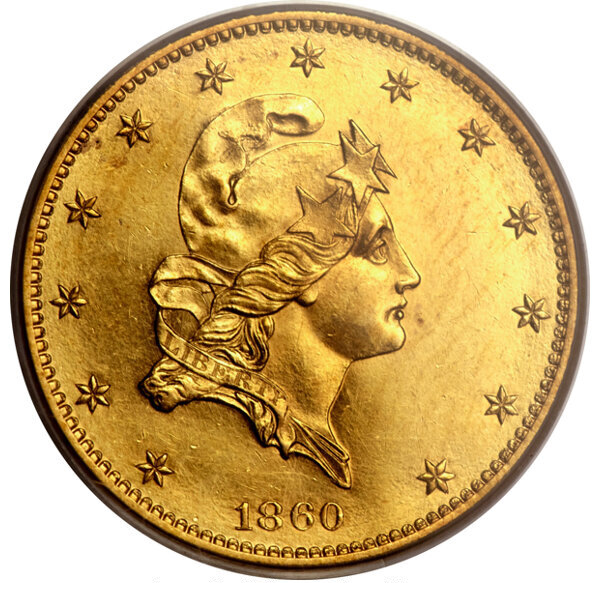
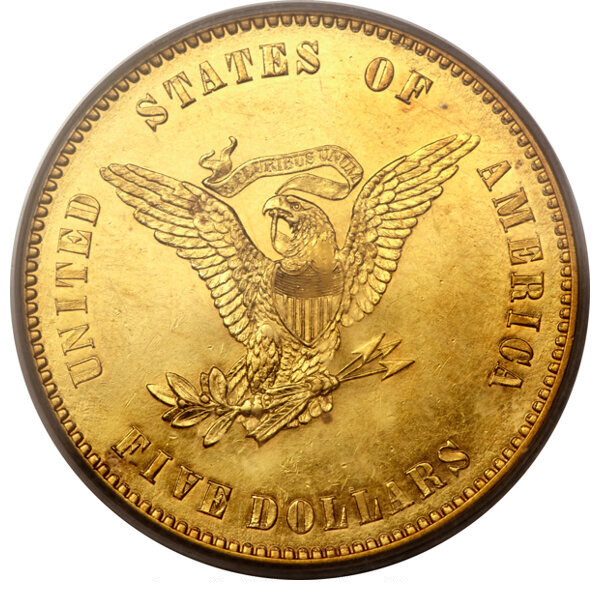
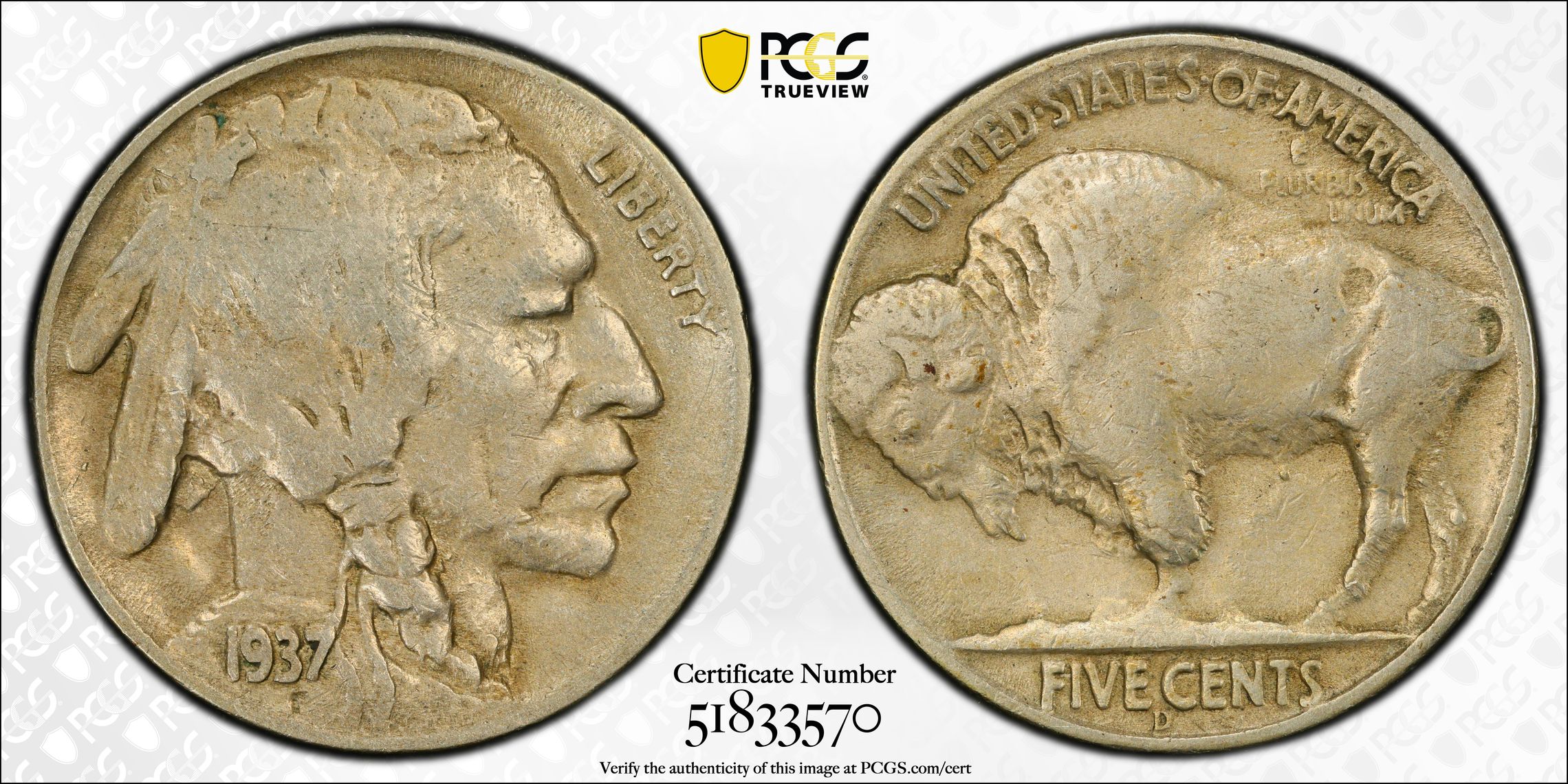
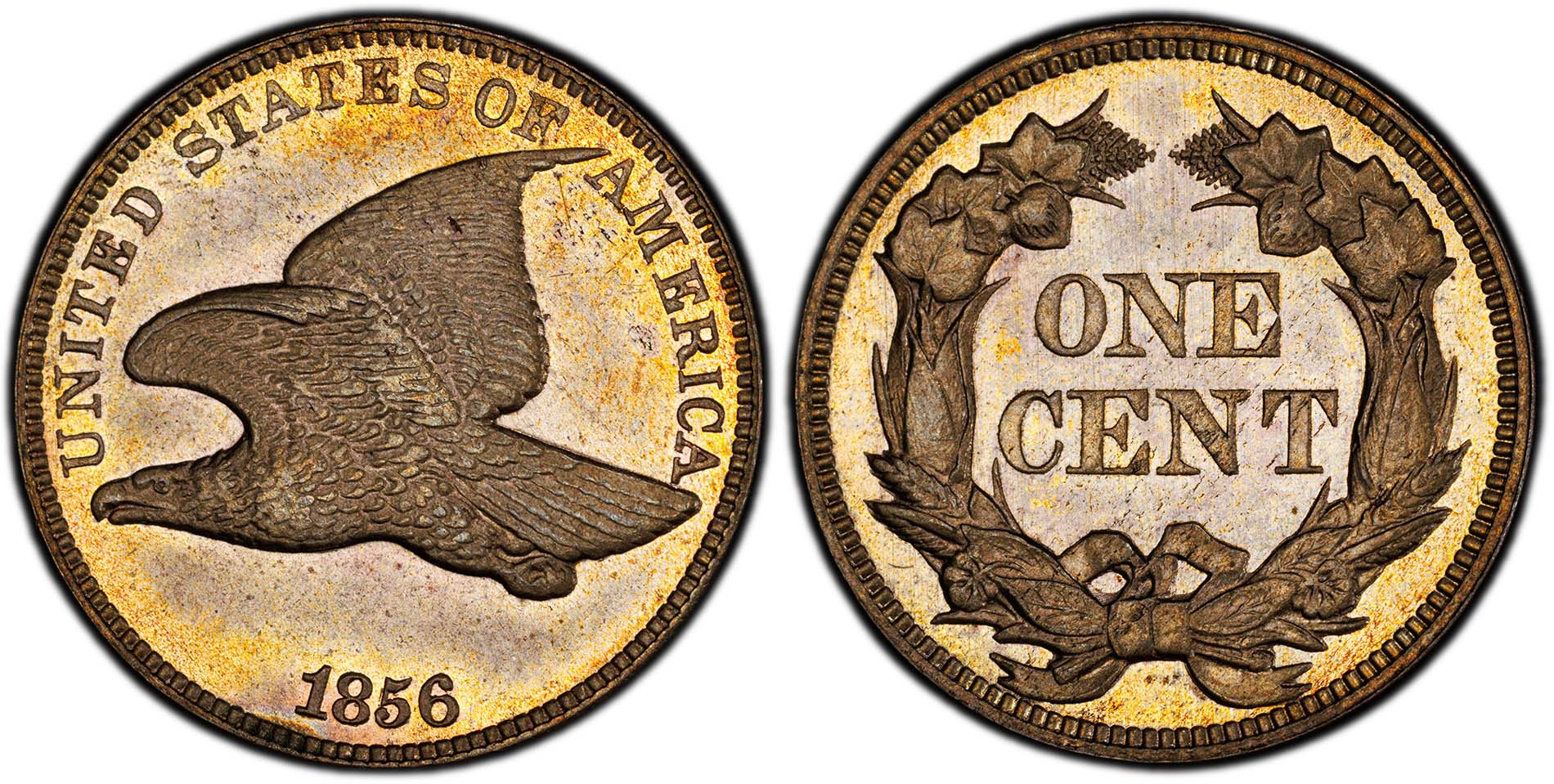
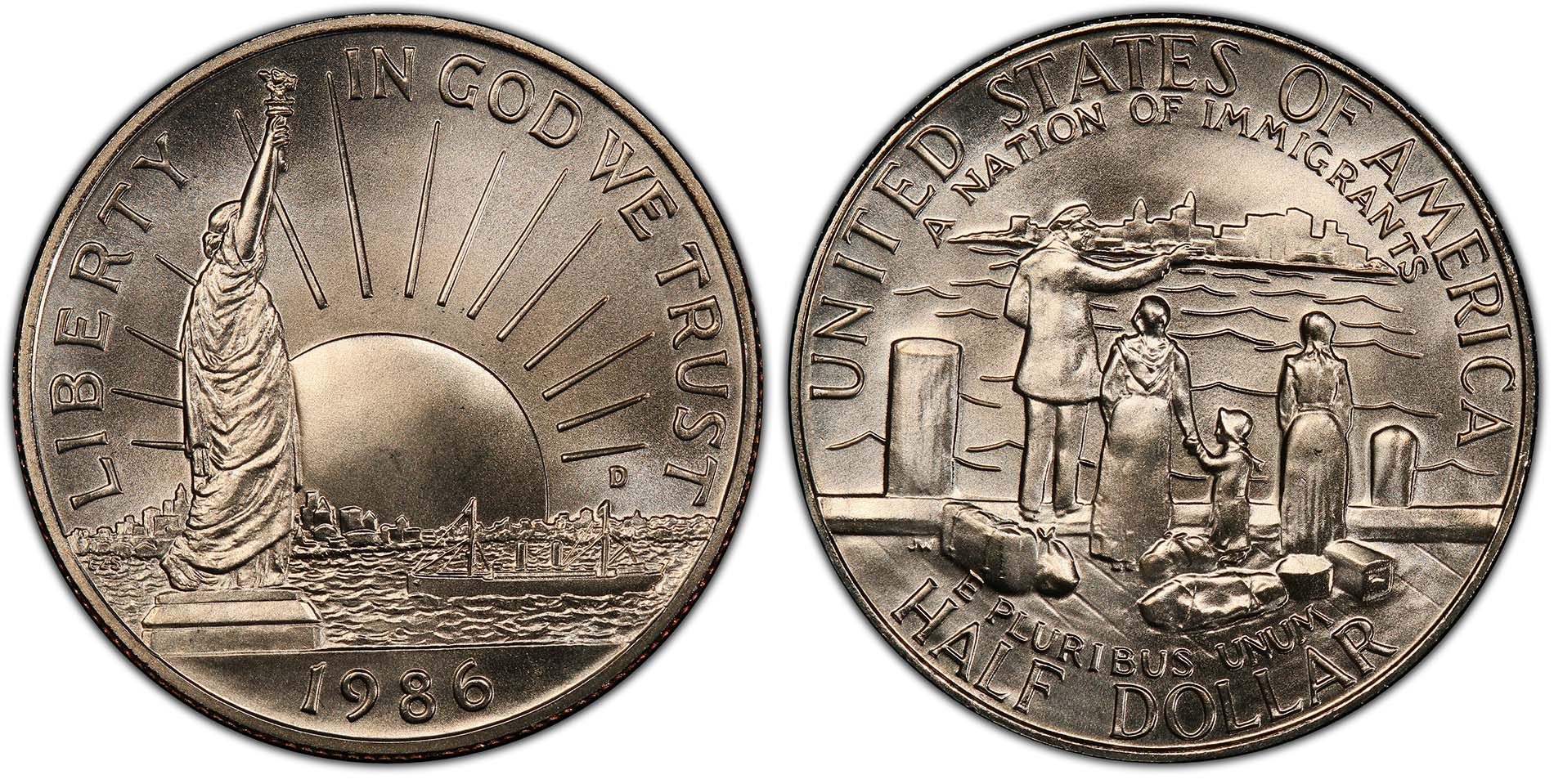

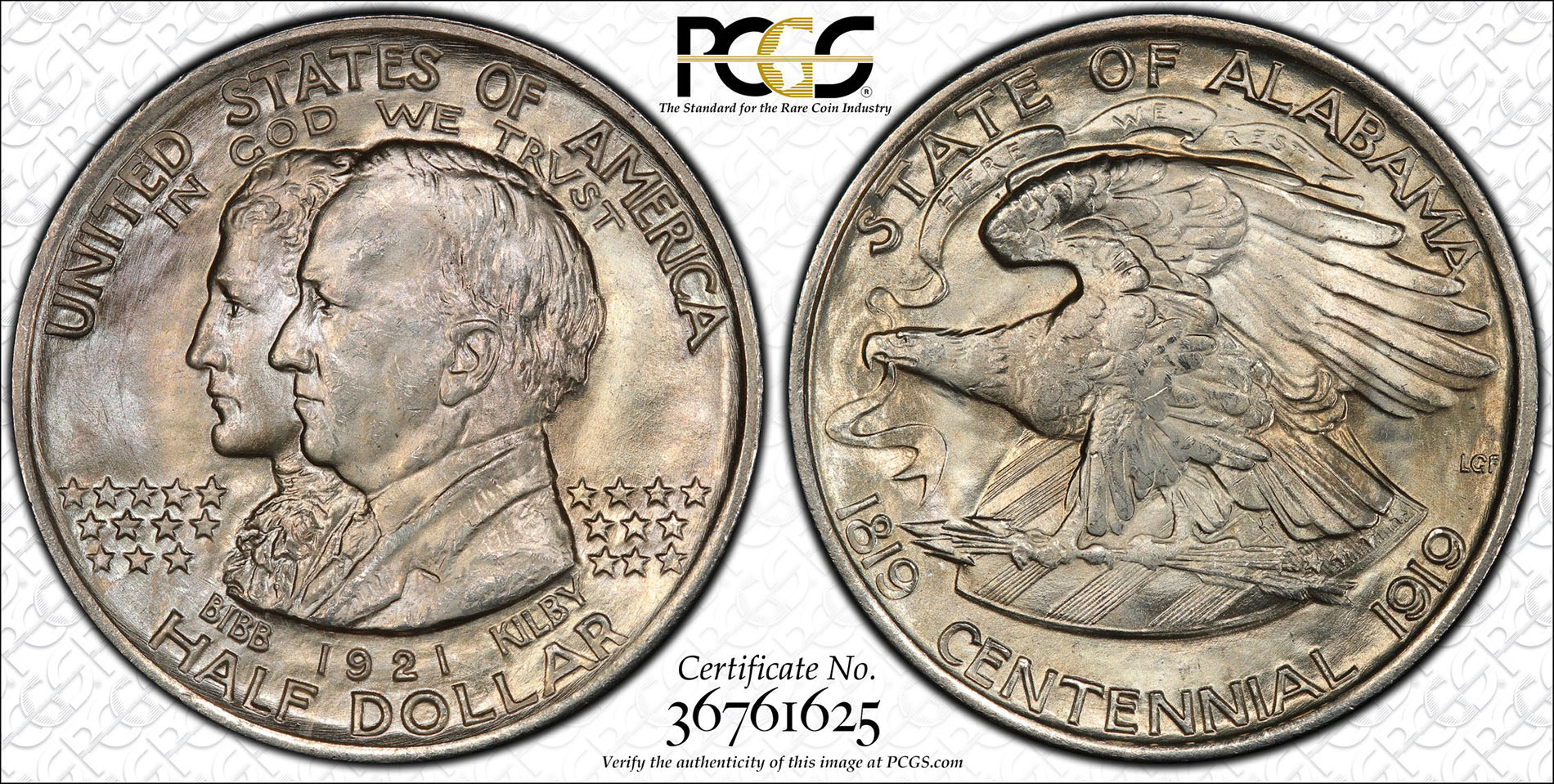

 Copper & Nickel
Copper & Nickel
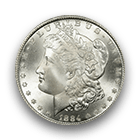 Silver Coins
Silver Coins
 Gold Coins
Gold Coins
 Commemoratives
Commemoratives
 Others
Others
 Bullion
Bullion
 World
World
 Coin Market
Coin Market
 Auctions
Auctions
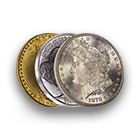 Coin Collecting
Coin Collecting
 PCGS News
PCGS News